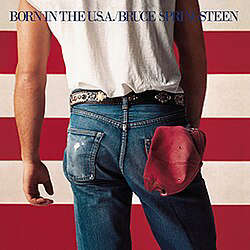
Springsteen’s classic still echoes through stadiums, but its heart beats in the struggle of the working class
Forty years ago today, Bruce Springsteen released Born in the U.S.A.—an album that would not only redefine his career, but also become one of the most misunderstood records in American music history.
Released on June 4, 1984, Born in the U.S.A. exploded into the mainstream with its rousing title track, seven top-10 singles, and a stadium-rock sound that broke sharply from the folk and blues tone of Springsteen’s earlier albums. But beneath the glossy production and radio-friendly hooks lay something darker: a working-class cry of frustration, disillusionment, and loss, wrapped in the image of Old Glory.
The album’s iconic cover—Springsteen’s backside in jeans in front of an American flag—seemed to suggest national pride. And many listeners, including politicians, took the title track at face value. But anyone who listened closely to the lyrics of “Born in the U.S.A.” heard something else entirely: the story of a Vietnam veteran abandoned by his country after the war. “I had a brother at Khe Sahn,” Springsteen sings, “they’re still there, he’s all gone.” The anthem’s chorus may be shouted, but its verses are a slow unraveling of the American Dream.
Today, Born in the U.S.A. is widely seen as a landmark rock album of the 1980s. It sold more than 30 million copies around the world and catapulted Springsteen to global fame. But its legacy remains complicated—and politically charged.
More recently, former U.S. President Donald Trump sparked backlash by playing the title track at his campaign rallies, even though Springsteen has been a vocal critic of Trump’s views and actions.
This spring, “Born in the U.S.A.” blared at a rally in New Jersey, prompting a backlash from fans and commentators who pointed out the song’s anti-war and anti-establishment message. Springsteen himself has never approved the use of his music for Trump’s events and has spoken publicly about what he sees as the dangerous misreading of the song.
“You can't tell people what to do with your music once it's out there,” Springsteen told CBS in a 2020 interview. “But that doesn’t mean I won’t say something when someone tries to twist it for their own agenda.”
It’s not the first time the song has been politicized. Ronald Reagan famously referenced Springsteen during his 1984 re-election campaign, citing the singer as a symbol of patriotic American values. Springsteen pushed back then, too, telling crowds during his Born in the U.S.A. tour, “I think people have a need to feel good about the country they live in. But what’s true patriotism? It’s about telling the truth.”
Musically, Born in the U.S.A. marked a shift for Springsteen and the E Street Band. Recorded mostly at the Power Station in New York and the Hit Factory, the album leaned into synths, drums and stadium-sized guitar riffs. Songs like “Dancing in the Dark,” “Glory Days,” and “I’m on Fire” were deeply personal, yet wrapped in a pop gloss that helped them dominate radio. For the first time, Springsteen was on MTV and the Billboard Hot 100 at the same time.
The record also explored themes that resonate today—economic anxiety, small-town decline, the fragility of identity in a changing America. In many ways, it predicted the mood of the country decades later. The protagonist in “My Hometown” faces racial tension and shuttered factories. In “Downbound Train,” a laid-off worker can’t get back on his feet. These aren’t just Reagan-era stories. They’re the same stories still unfolding across North America in 2025.
Springsteen has kept Born in the U.S.A. in his setlist over the decades, often slowing it down in acoustic versions that underline the pain in the lyrics. In 2014, he performed it at the National Mall for a Veterans Day event in a haunting, stripped-down rendition. That same year, he told Rolling Stone, “It’s not a song about pride. It’s a song about shame.”
Now, on its 40th anniversary, the album is being celebrated with retrospective features, vinyl reissues, and radio specials. But its cultural weight is still being contested—especially in an election year, where the gap between image and meaning remains as wide as ever.
As the lines between patriotism and protest continue to blur, Born in the U.S.A. stands as a reminder that songs can be complex—and that understanding them requires more than just singing along to the chorus.
Because sometimes, the loudest anthem is actually a protest in disguise.
Top 10 Singles from Born in the U.S.A.
- Dancing in the Dark (#2)
- Cover Me (#7)
- Born in the U.S.A. (#9)
- I'm on Fire (#6)
- Glory Days (#5)
- I'm Goin' Down (#9)
- My Hometown (#6)
Sources:
• Rolling Stone
• CBS News
• Billboard
• The New Yorker
• NPR
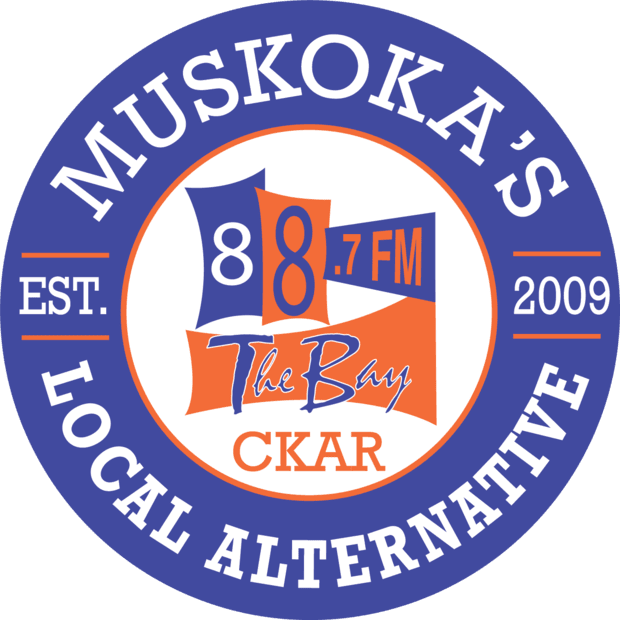
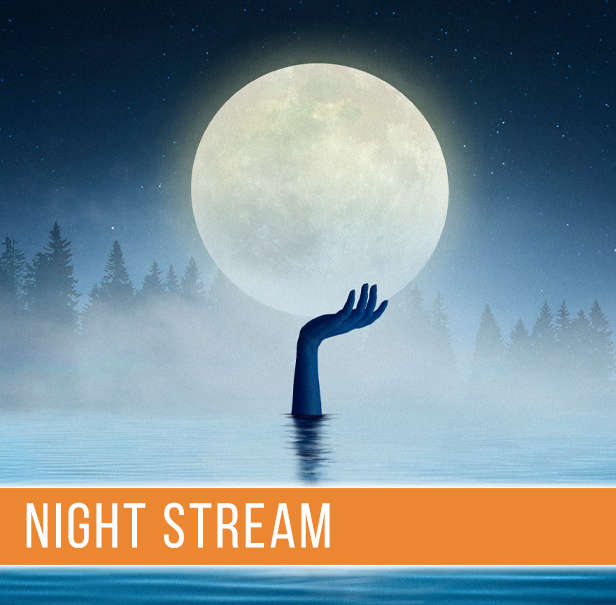

 Stevie Wonder’s Talking Book: The Album That Defined a Legend
Stevie Wonder’s Talking Book: The Album That Defined a Legend
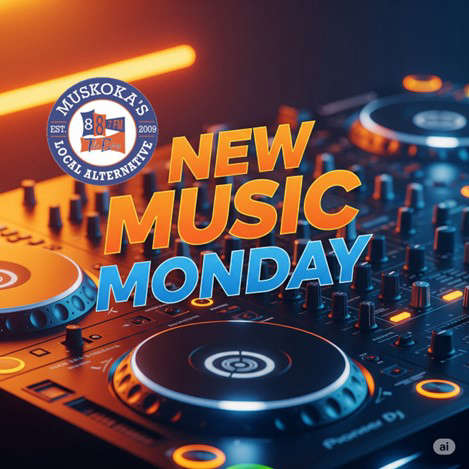 New Music Monday: The Crunch of Autumn's Soundtrack
New Music Monday: The Crunch of Autumn's Soundtrack
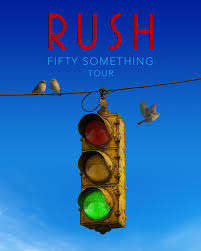 Rush Announces “Fifty Something” Tour with Canadian Dates in 2026
Rush Announces “Fifty Something” Tour with Canadian Dates in 2026
 Bob Dylan’s Anthem of Change: How a 1963 Song Became a Timeless Call for Social Justice
Bob Dylan’s Anthem of Change: How a 1963 Song Became a Timeless Call for Social Justice
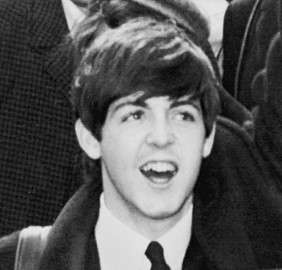 A real magical mystery: Homeless man returns Paul McCartney Wax Head
A real magical mystery: Homeless man returns Paul McCartney Wax Head




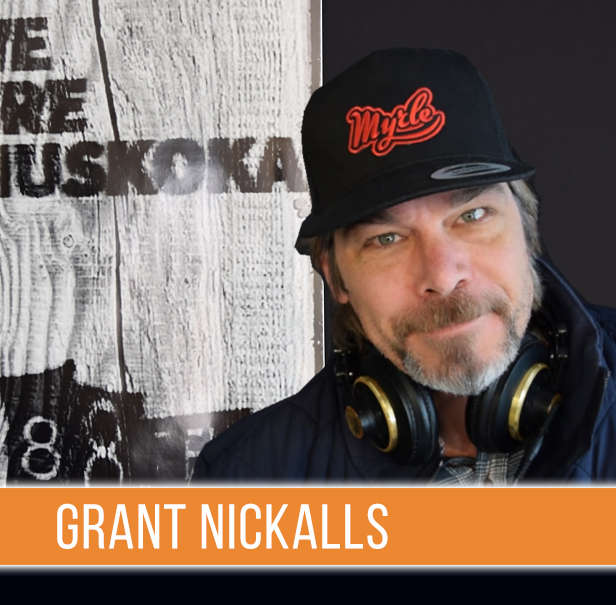






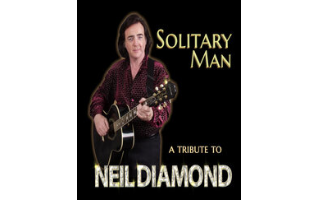
Comments
Add a comment